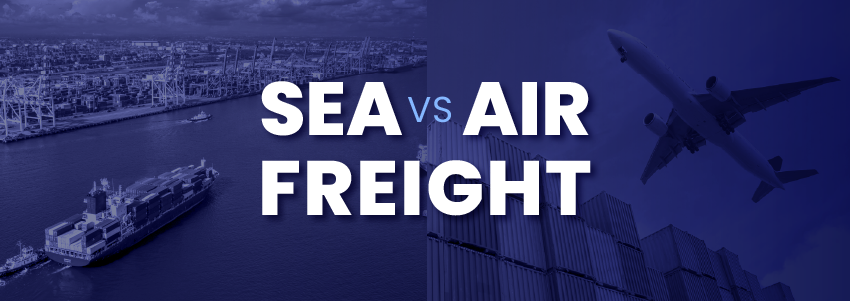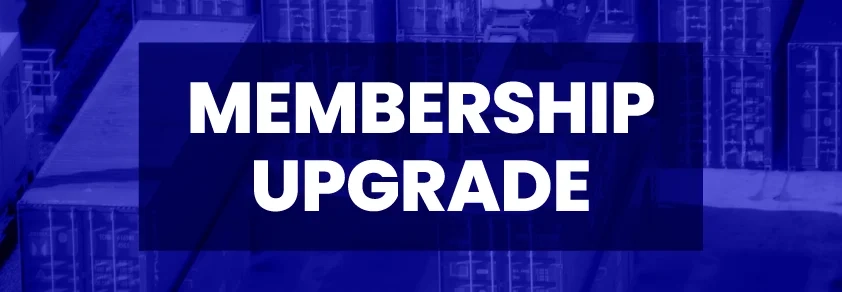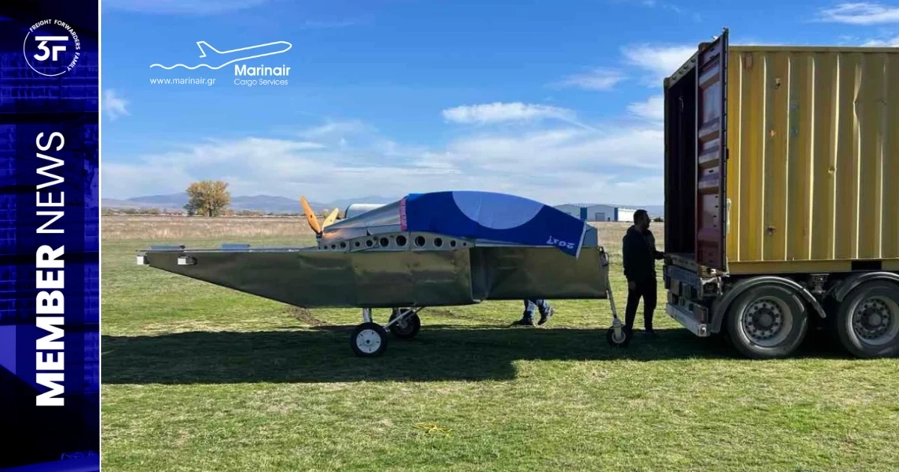Smart Ports: How Digital Transformation Is Reshaping Sea Freight
Every year, millions of containers pass through the world’s busiest ports. For decades, ports were known for paperwork, long queues, and delays. But today, the picture is changing. Smart ports are emerging as digitally connected hubs where technology meets tradition — and this transformation is redefining the future of sea freight logistics.
From Bottlenecks to Gateways of Efficiency
Ports used to be frequently the slowest link in the supply chain. shippers and forwarders had no control over the location of their goods, containers were piled high, and customs clearance took days. These days, digital tools are helping ports run more smoothly than ever. With automated cranes, smart sensors, and digitalized and automated scheduling systems, they can move thousands of containers with fewer mistakes and much shorter waits. For sea freight shipping companies, this means more efficient operations. It means fewer surprises along the way and more dependable deliveries for shippers.
Transparency at Every Step
Ten years ago, most businesses could only hope their containers would arrive on time. Tracking was limited, and visibility was minimal. Now, thanks to sea freight shipping tracking and integrated logistics sea freight platforms, transparency has become the norm.
Smart ports allow companies to follow their cargo in real time, compare sea cargo rates, and adjust routes on the go. For customers, this shift means more trust in ocean freight forwarders and sea freight agencies — because when data is available, confidence grows.
Smarter, Greener Operations
In conversations about digital transformation in the shipping industry, the initial aspects that often arise are speed and data. Faster turnarounds, smarter tracking, more information. But there’s another side to the story — responsibility. Ports today are expected not only to move goods quickly, but to do it in a way that leaves a lighter footprint on the planet.
That’s why we’re seeing so much change. Some ports are redrawing routes to cut fuel use. Others are experimenting with cleaner fuels like LNG or hydrogen. Many are bringing in new equipment that simply uses less energy. And it’s not just the ports — international sea freight shipping companies are right there alongside them, teaming up with port authorities to make these shifts possible.
The results go beyond cleaner air or lower emissions, though those matter a lot. They make business sense too. Running greener often means wasting less, facing fewer delays, and saving money over time. Put simply: what helps the environment also helps trade — and everyone along the supply chain feels the difference.
What the Future Holds
Smart ports are still evolving, but the direction is clear. Blockchain-based documentation, AI-driven predictions, and even semi-autonomous vessels are no longer distant concepts — they are slowly becoming reality. Adopting these techniques is essential for sea transport companies to remain competitive in the ecosystem.
Shippers will increasingly look to sea freight forwarding services that can handle this new environment and offer solutions that blend technology and experience as digital transformation picks up speed.
Turning Technology into Opportunity with 3F
Within the Freight Forwarders Family (3F) Network, this transformation connects directly to how our members work.
Digital tools are already being adopted by our community of ocean freight companies and sea freight forwarders in order to provide quicker, more environmentally friendly, and more transparent solutions.
Joining the 3F family gives companies access to partners who are prepared to turn the obstacles of digital transformation into opportunities, in addition to industry relationships.
Discover how our network can help your company succeed in the new era of smart ports and digital logistics by exploring the 3F Directory to connect with professionals who blend knowledge, technology, and trust.
_logo.webp)



